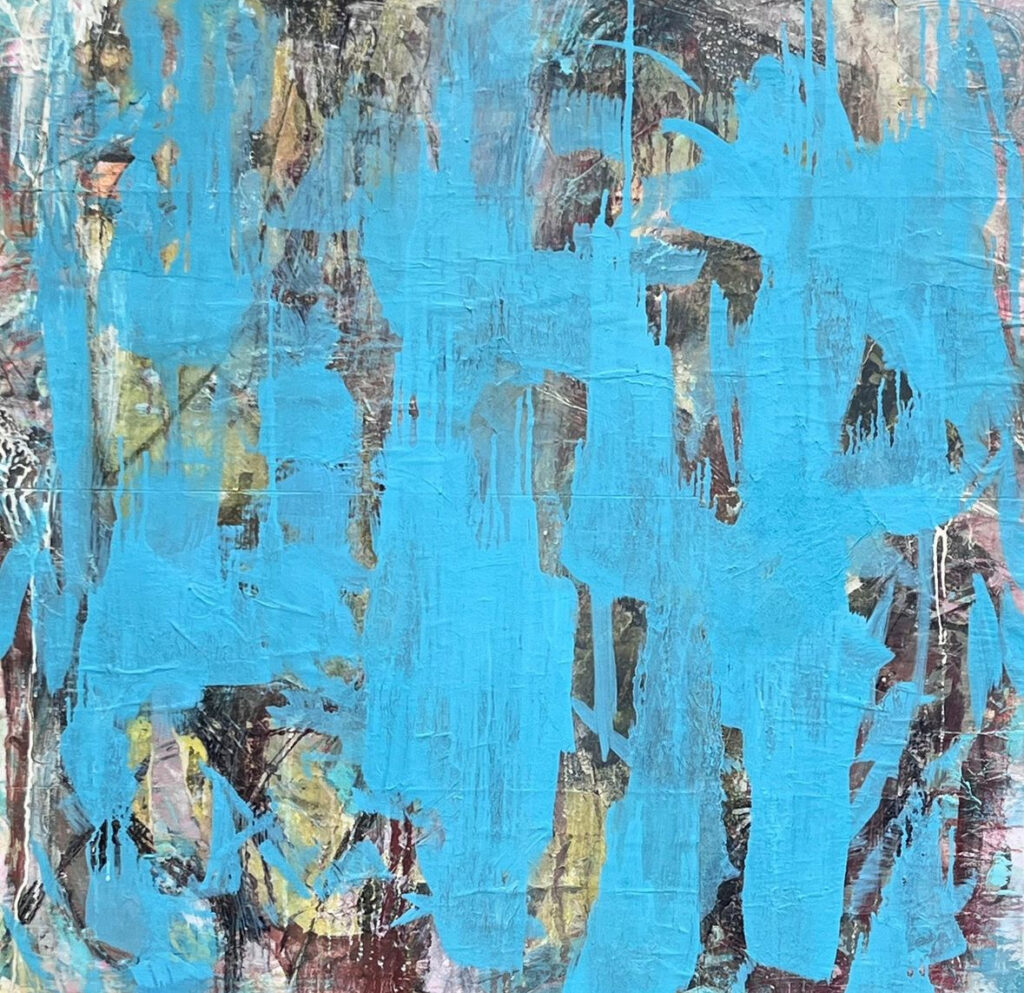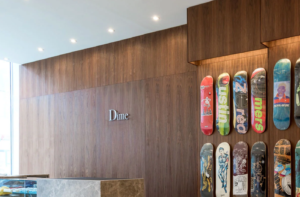John Haubrich, an artist known for his evocative and thought-provoking pieces I, has captivated audiences with his work “Blue Monday.” This artwork, rich in symbolism and layered meanings, stands as a testament to Haubrich’s ability to merge aesthetic beauty with profound narrative depth. This article delves into the intricate details of “Blue Monday,” exploring its visual elements, underlying themes, and the broader context of Haubrich’s artistic journey.
Background on John Haubrich
To fully appreciate “Blue Monday,” it’s essential to understand the artist behind the piece. John Haubrich’s artistic career is marked by a consistent exploration of human emotions and societal issues. His works often feature a blend of surrealism and realism, creating a dreamlike yet relatable experience for viewers. Haubrich’s unique style is characterized by his meticulous attention to detail and his use of vibrant colors to convey complex emotions.
Visual Elements of “Blue Monday”
“Blue Monday” immediately draws the viewer in with its striking use of color. The predominant hue, blue, sets a melancholic yet serene tone, reflecting the title of the piece. This color choice is deliberate, as blue is often associated with feelings of sadness and introspection. However, Haubrich uses various shades of blue to create depth and texture, adding a sense of calmness and tranquility.
At the center of the composition is a solitary figure, seemingly lost in thought. This figure is rendered with exquisite detail, from the expression on their face to the folds in their clothing. The surrounding environment is a blend of abstract and realistic elements, with recognizable objects interspersed among more ambiguous forms. This juxtaposition invites viewers to interpret the scene in multiple ways, encouraging personal reflection.
Symbolism and Themes
“Blue Monday” is rich with symbolism, each element contributing to the overall narrative. The solitary figure, for example, can be seen as a representation of isolation and contemplation. Their posture and expression suggest a deep inner struggle, resonating with the universal experience of feeling blue or down.
The abstract elements in the background may symbolize the chaotic and unpredictable nature of life. These forms could represent the challenges and obstacles that everyone faces, often leading to feelings of overwhelm and sadness. Yet, within this chaos, there are glimpses of beauty and order, hinting at the possibility of finding peace and meaning amidst turmoil.
Another significant symbol in “Blue Monday” is the use of light and shadow. Haubrich employs these contrasts to highlight the duality of human experience—the coexistence of light and darkness, hope and despair. The interplay of light and shadow creates a dynamic visual effect, drawing attention to specific areas of the composition and guiding the viewer’s gaze.
Context and Influence
“Blue Monday” can be better understood when viewed in the context of Haubrich’s broader body of work. Throughout his career, Haubrich has consistently explored themes of mental health, emotional resilience, and the human condition. His works often serve as a mirror, reflecting the complexities of contemporary life and encouraging viewers to engage in self-exploration.
In terms of influence, Haubrich draws inspiration from a variety of sources. His use of color and form is reminiscent of the Expressionist movement, where artists like Edvard Munch and Vincent van Gogh used vivid colors and emotional intensity to convey psychological depth. Additionally, Haubrich’s attention to detail and narrative storytelling can be linked to the traditions of the Renaissance, where art was used to communicate intricate stories and moral lessons.
Interpretations and Impressionism
“Blue Monday” has elicited a range of interpretations from viewers and critics alike. Some see it as a commentary on modern life’s pressures and the pervasive sense of loneliness that can accompany it. Others interpret it as a more personal reflection of the artist’s own experiences with mental health and emotional struggles.
The impact of “Blue Monday” extends beyond its visual appeal. By addressing themes of sadness and isolation, Haubrich’s work resonates with many who have experienced similar feelings. The piece encourages dialogue around mental health, a topic that is often stigmatized but crucial to address. In this way, “Blue Monday” serves not only as a work of art but also as a catalyst for important conversations and social change.
Conclusion
John Haubrich’s “Blue Monday” is a masterful example of how art can capture and convey the complexities of human emotion. Through its use of color, symbolism, and narrative depth, the piece invites viewers to engage with their own feelings and experiences. By exploring themes of isolation, chaos, and resilience, “Blue Monday” stands as a powerful reminder of the shared human condition and the transformative power of art.
No comments yet.








